Beyond the Fence
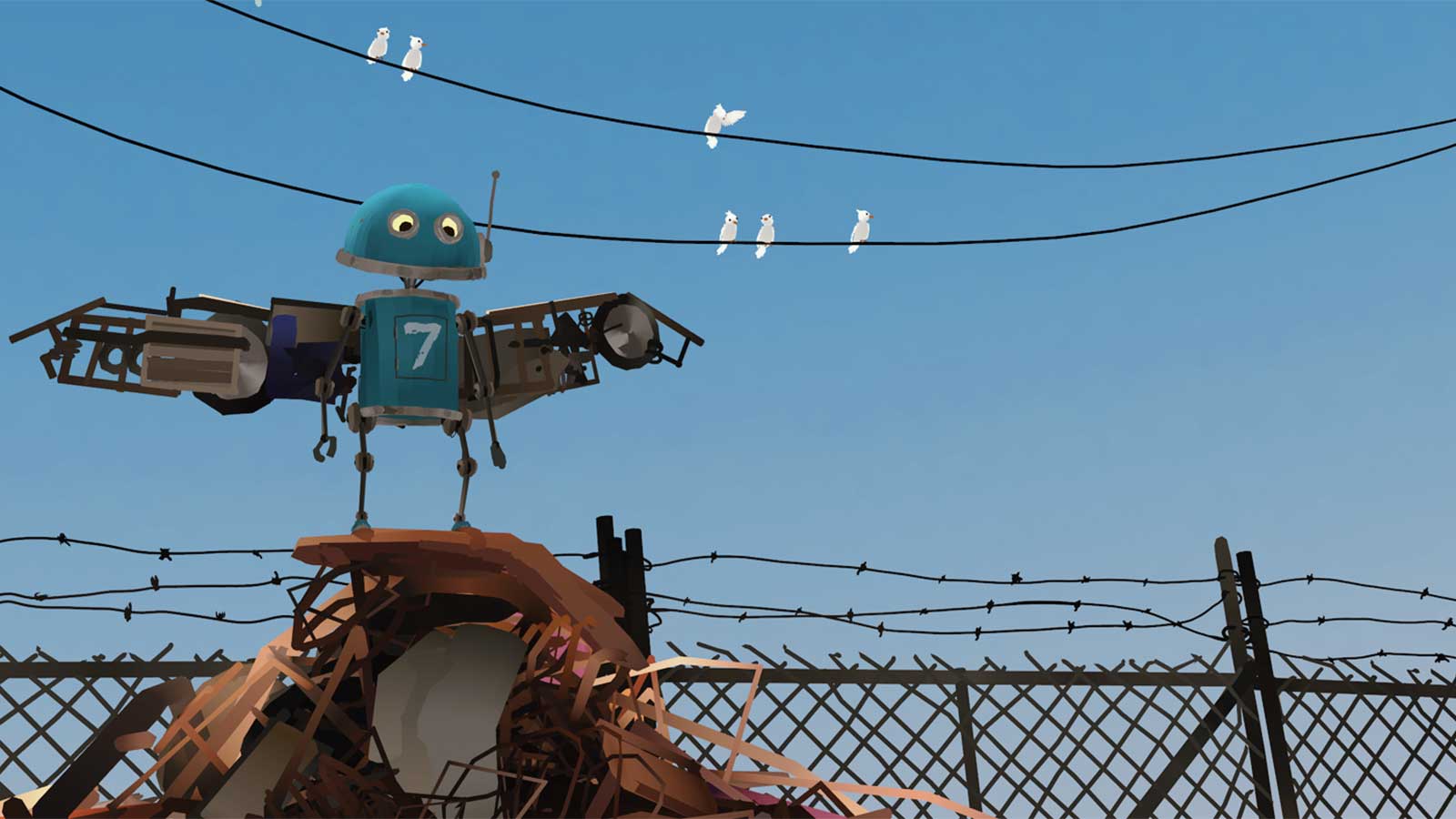
Ever since I graduated from school, I had a dream to do a short film on my own again.
In college, that was all I did, but I was still a beginner with little experience. After working professionally for several years, I gained the confidence and knowledge to turn an idea into a short film, but having done several of these during college, I knew the challenges and how time consuming an animated short can be. I’ve also observed peers taking a year off from work or even quitting their jobs to do this, but I was not willing to take that risk, hoping to find a better solution.
Then in 2015, Quill came along!
Using 3D space to paint was something beyond my dreams. Quill now made this possible, and it felt truly magical. I started using it on a daily basis, and throughout the following year, Quill was updated with more and more features, including an early beta of the animation tool. I started believing that this might be the tool I was waiting for all along; a tool that would enable me to do a short film on my own from start to finish.
For the Oculus Connect 4 developer’s conference I wanted to create an animated Quill demo experience for Facebook Spaces to preview what a multi-user co-watching experience could look like in the future. I had a three-week window to work on it. With the traditional 3D animation pipeline, this would have been an impossible task, but Quill enabled me to work exponentially faster, and I knew that three weeks might be just enough time to create a short film.
This is when I started writing the story for Beyond the Fence. The story is about Unit-7, a curious Robot that works at a junkyard sorting junk day in and day out. But he believes there is more to this world and starts wondering about the world beyond the fence.
The idea was to create an animated VR experience in form of a VR picture book where each page would be an animated vignette that users can enjoy at their own pace.
Up to four users can join the experience simultaneously. These users are located in fixed positions inside Spaces, so I made sure that I have a reference of those location points (image below) inside my Quill piece at all times to check each user’s point of view to be able to compose the set elements accordingly.
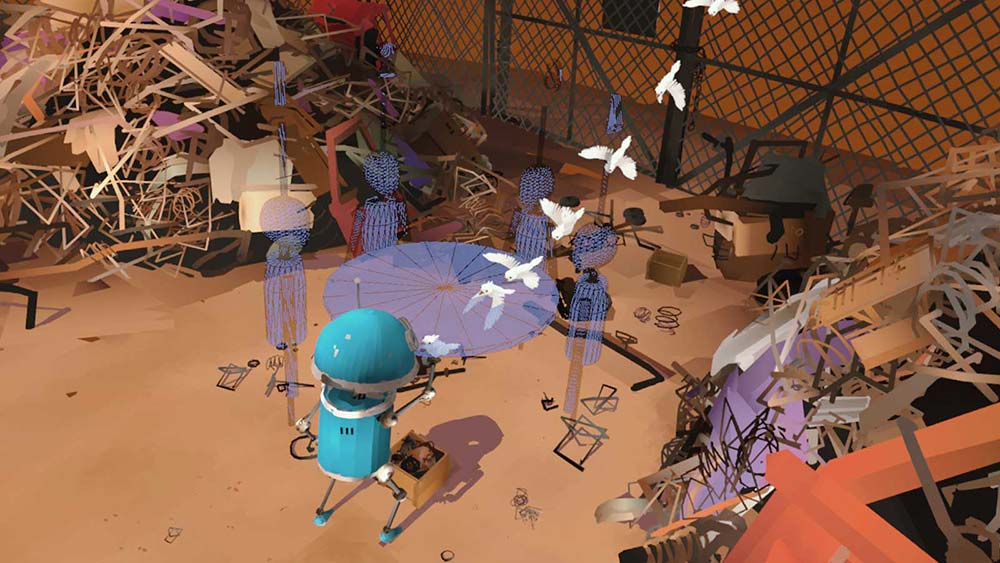
I spent two days writing the story and started storyboarding directly in Quill. I roughly painted the environment and the character and was able to block out all scenes in a couple of days.
As a place holder for narration, I simply created text-to-speech sound clips that I could import into Quill to get a feel for the pacing.
Since I was designing the experience entirely in VR using Quill, I could make critical decisions early knowing it will work in the final version of the experience. After finishing the storyboard, there were no open questions, and I could move forward with character design and asset creation. The idea was to treat the environment like a theater stage where I would place and populate props and set elements for each shot to support the story.
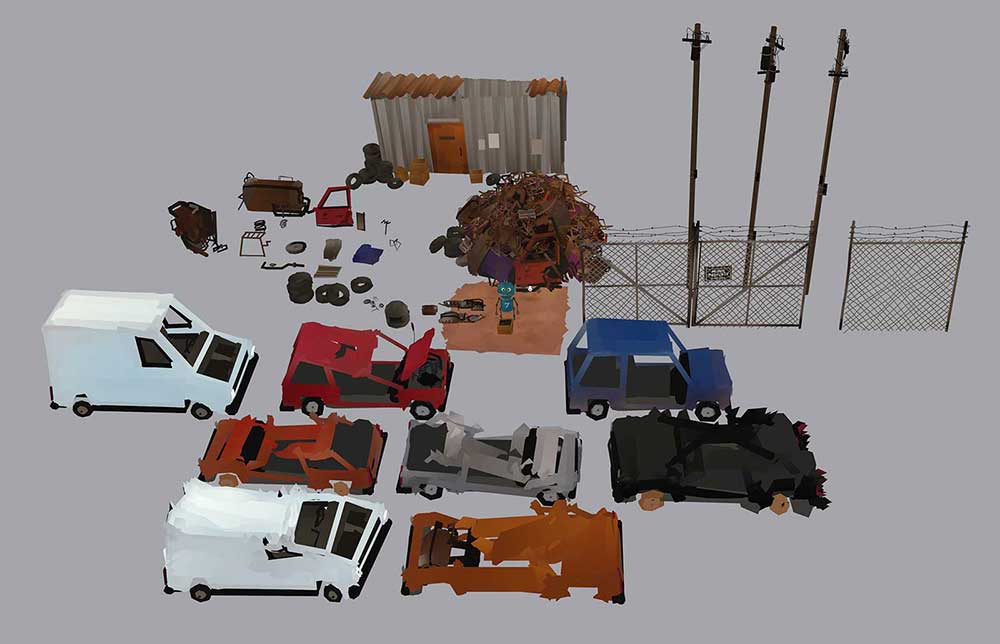
I painted the character and environment in diffuse lighting so I could use the coloriser tool to add the lighting on top of the local colors to create different moods and lighting scenarios for each scene.

Unit-7 was painted in a way that joints and limbs were easy to select and movable for posing and animation.
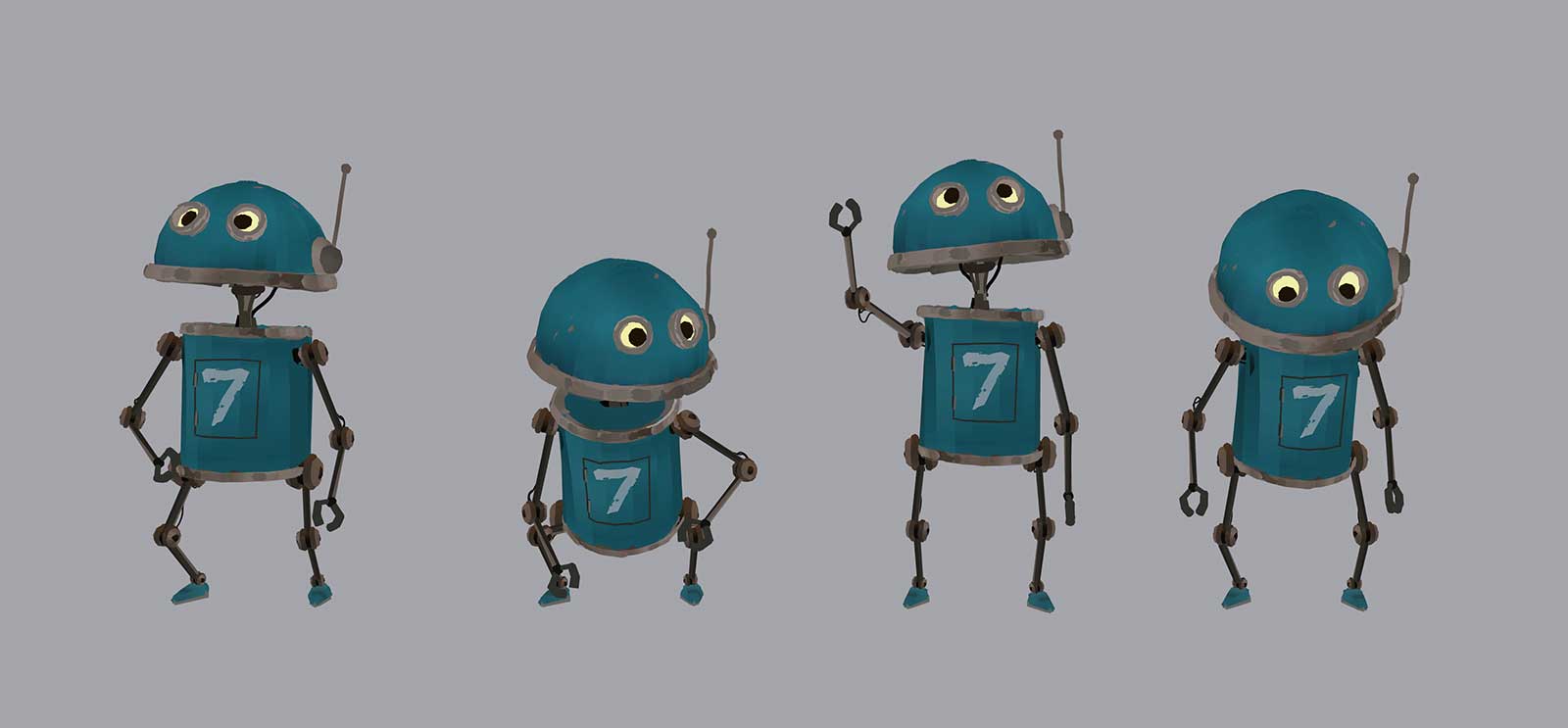
Now I had the assets ready for animation. I used the timing of the storyboard as a guide and started animating scene by scene, always making sure that all four camera angles would have an appealing composition.
Every animated element you see was animated frame by frame, which means shadows and also lighting changes had to be animated the same way.
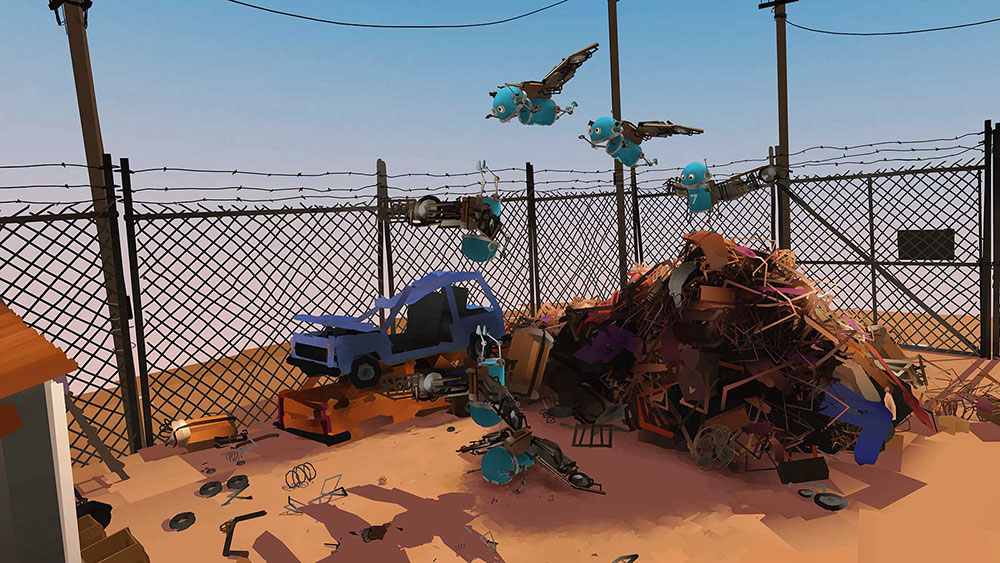
Halfway through production I had the opportunity to go to a recording studio to get professional voiceover narration. Getting the newly recorded voices into the experience was as simple as replacing the text-to-speech clips with the new audio clips. At the same time, I was working together with a sound team for effects sounds, ambient sounds and music. It was amazing to see everything come together in the same Quill file I started with.
At the three-week mark, Beyond the Fence was finished and running as a demo in Facebook Spaces.
The fact that Quill enabled me to create an animated short film in three weeks entirely on my own (except sound & music) is a giant leap forward in content creation for individual artists and any entertainment production. Quill is the single most exciting advancement in technology that I ever experienced.
Goro Fujita